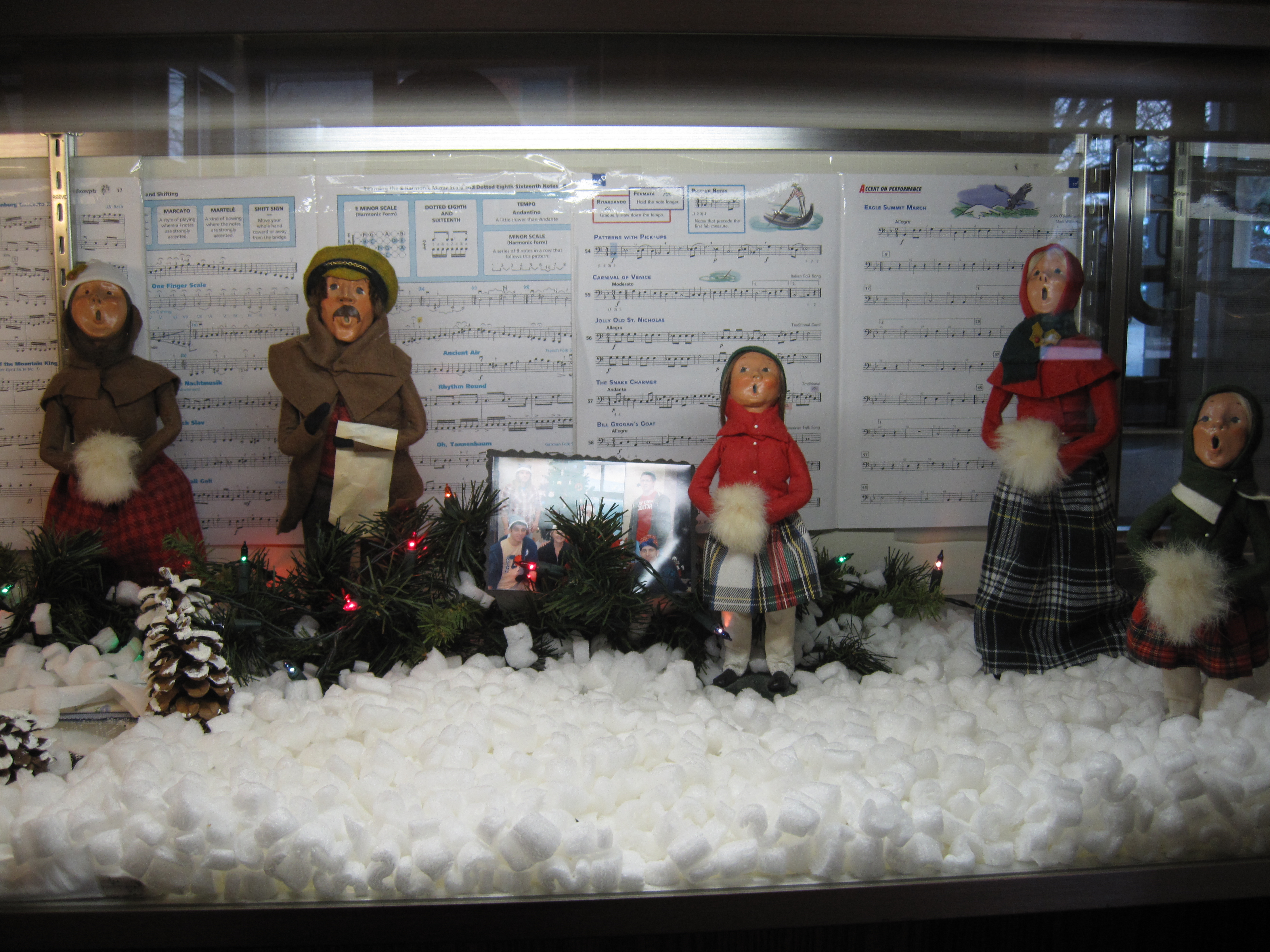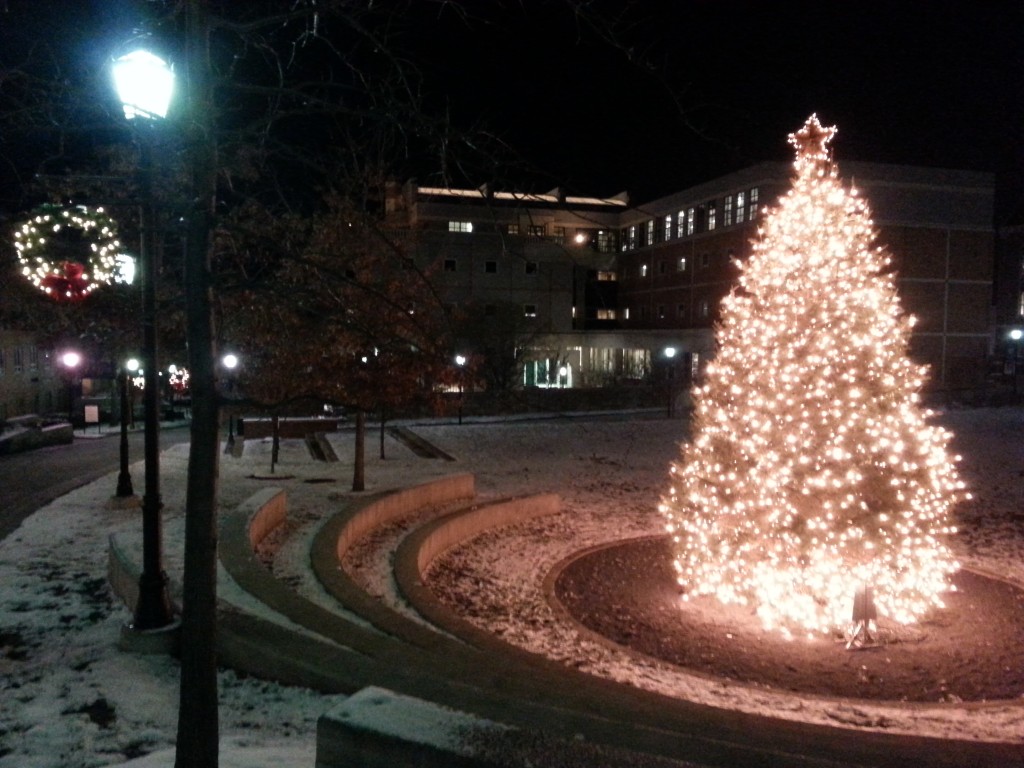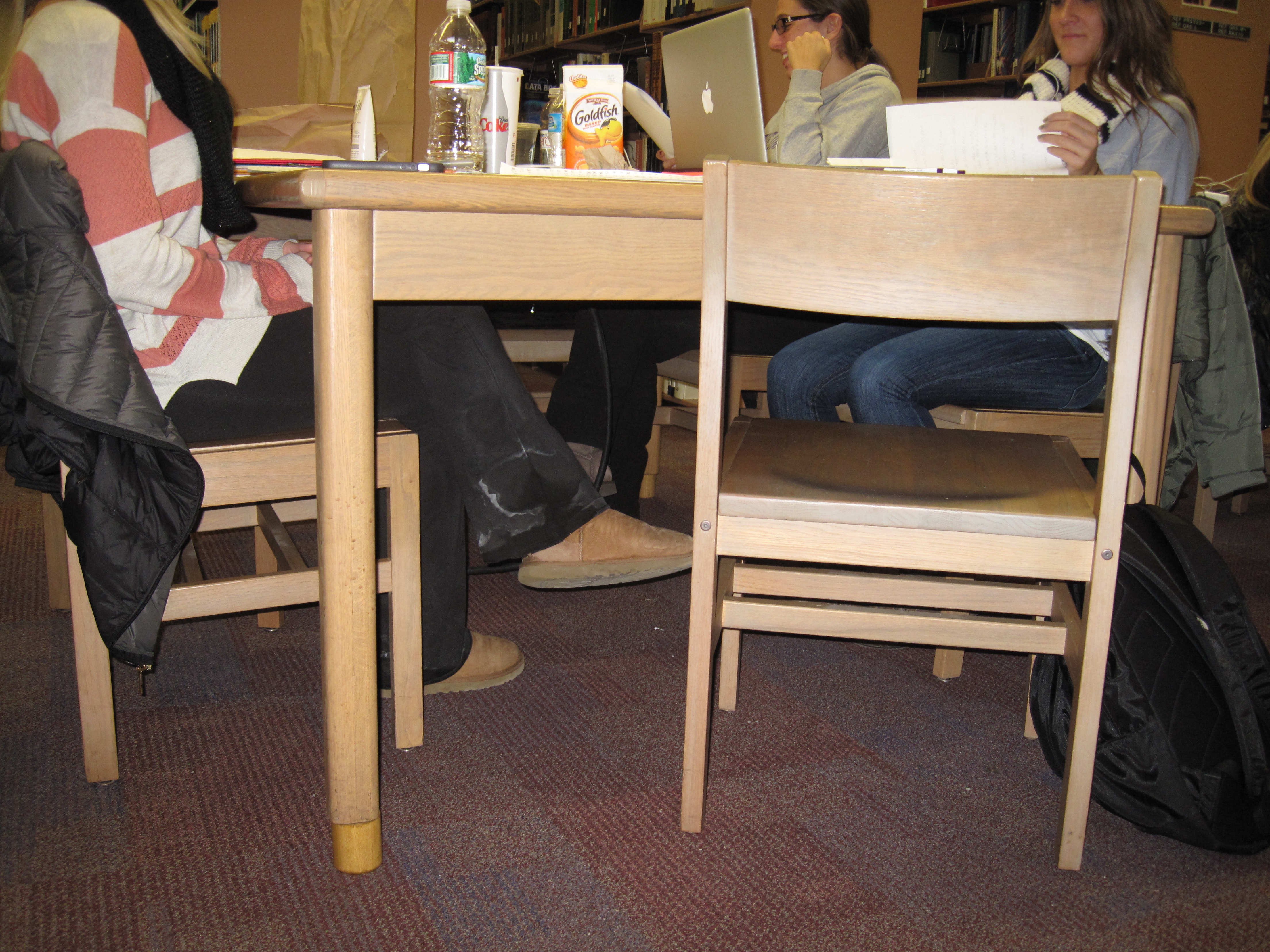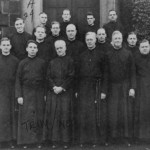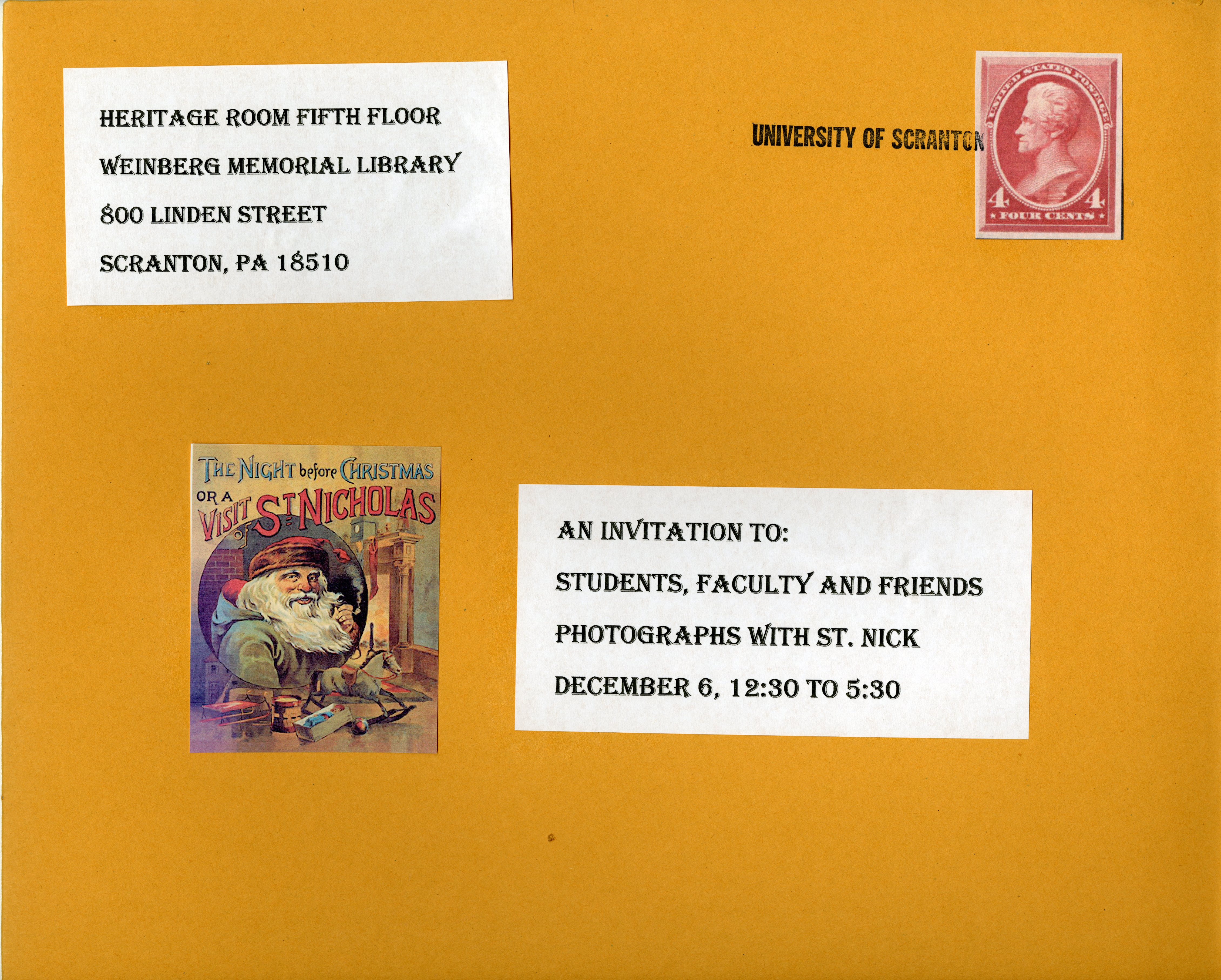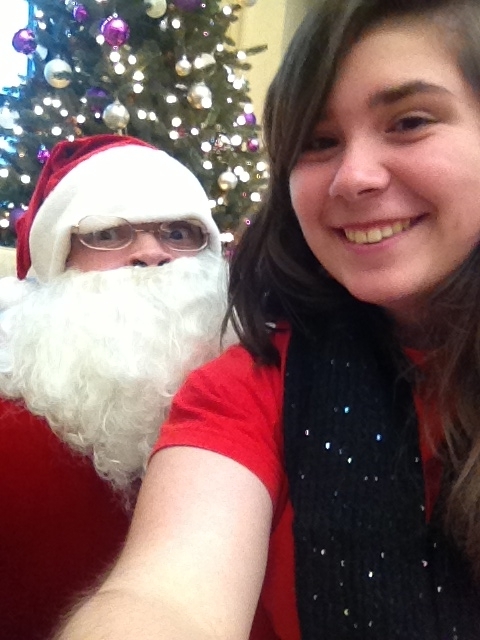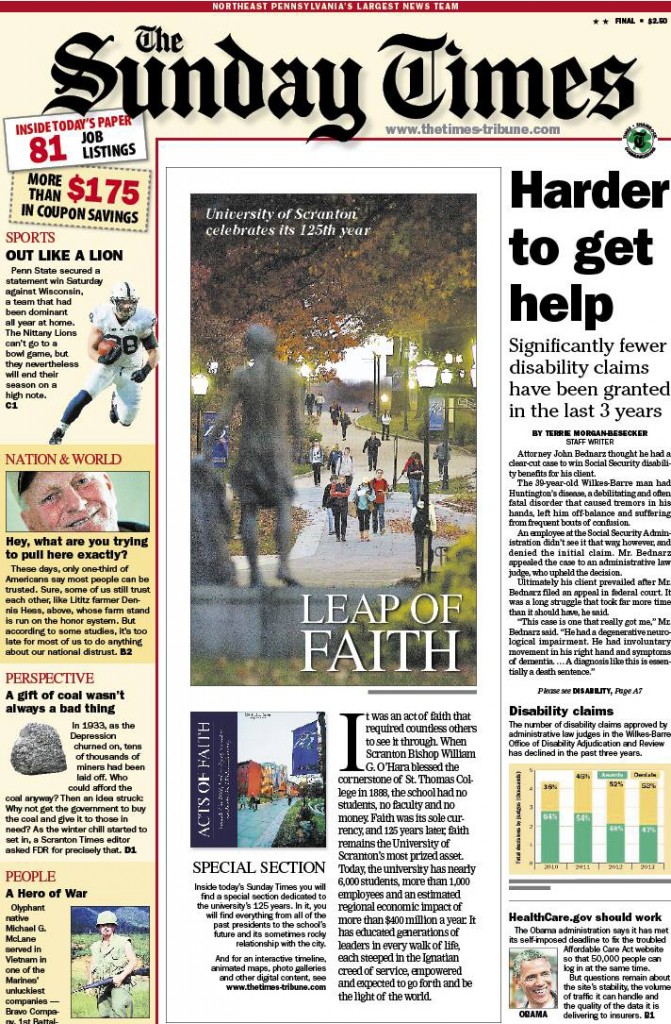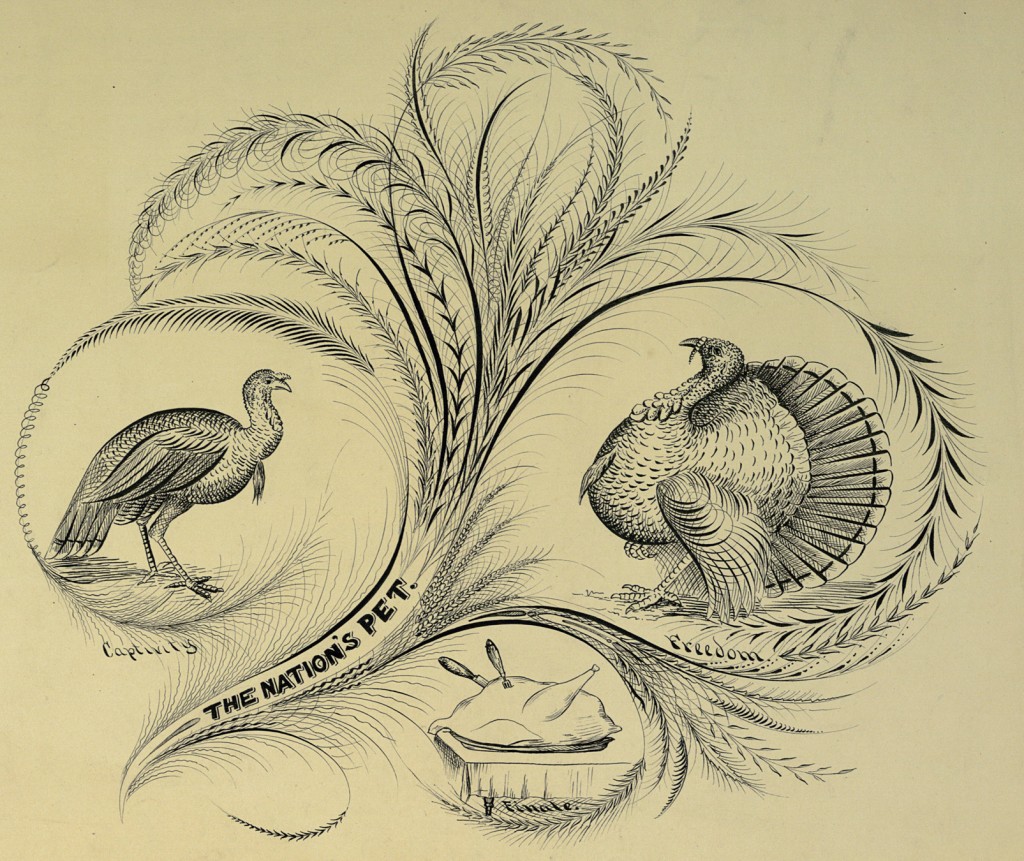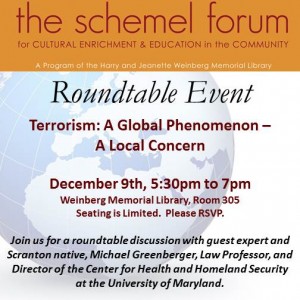Every year, around this time, I ask my students to write a reflection regarding what they learned in my class. The reflections are kept anonymous, so the students can write how they truly feel without censoring themselves. This year, my first as the Writing Center Coordinator, I’ve decided to join them in this exercise and to write about the three things I’ve learned this semester.
1. Peer Review skills need to be modeled. Last month, I attended a workshop given by the CTLE’s Dr. Mary Goldschmidt. In this workshop, Mary gave me wonderful advice to help with my student’s peer reviewing skills. She suggested breaking my students into small groups, rather than pairs, and to join them in the review process. Taking her advice, I divided my class into groups of four and we held peer review sessions in which each student had a chance to read his/her paper out loud and to receive feedback from three peers, not one. But what really made this method work well was my presence at these meetings. With me guiding them, my students were able to discuss higher-level concerns like content, support for thesis and ideas, and organization, rather than just line-editing for one another.
In their reflections, my students raved about this method and highly recommended that I use it again next semester. My plan, however, is to change it up slightly by using this method for papers one and two, and then giving my students the reigns to run their own peer review groups on papers three and four.
You can see upcoming workshops offered by Dr. Mary Goldschmidt here.
2. Sometimes students need to know where the bull’s-eye lies. This semester, I decided to give my students a blueprint for good writing. Every single time I handed them an assignment sheet, I gave them a sample paper to accompany it. Then, as we discussed the assignment in class, I showed them more samples from books, journals, magazines, whatever I could get my hands on. I will admit that I used to be against showing my students sample papers. I felt that it might steer them in a direction they normally would not have traveled. However, that all changed when I was asked to write a guest column for my good friend’s literary magazine.
My friend asked for a column. No further description or instruction was given. I knew the magazine, had a pretty good idea of its audience, yet, I still really struggled to decipher exactly what my friend, the editor, expected of me. I asked for clarification. Instead of telling me what to write, he sent me a few samples of what others had written in the past. A light bulb clicked on and I wrote a column that was still entirely mine, still embodied my voice, and was exactly what my friend was looking for. I then realized that as a professional writer, I do this often. If I’m submitting to a magazine, I read the magazine first. Why not afford my students the same opportunity?
3. Students want to write better. Never has this been more evident to me as it is during the 20 hours a week I sit in my office, which is nestled next to the Writing Center. My proximity to the Writing Center affords me the opportunity to hear consultations in real time, and I often find myself smiling from ear to ear. The consultants working in the Writing Center are wonderful; some of the best writers on campus, but the students are really the stars in our center. Week after week, students return with rough drafts, outlines, revisions, and notes, willing to rework their papers, willing to listen, and really willing to improve their own writing skills. Students will work hard if they have someone pushing them to their potential, but they will work harder if they feel safe and confident. That’s what the Writing Center provides for our students, a safe place to grow.
Oh, and if you’ll allow me one more:
4. Apparently, Twitter is king. And no one, I mean no one, watches TV shows on an actual television anymore.
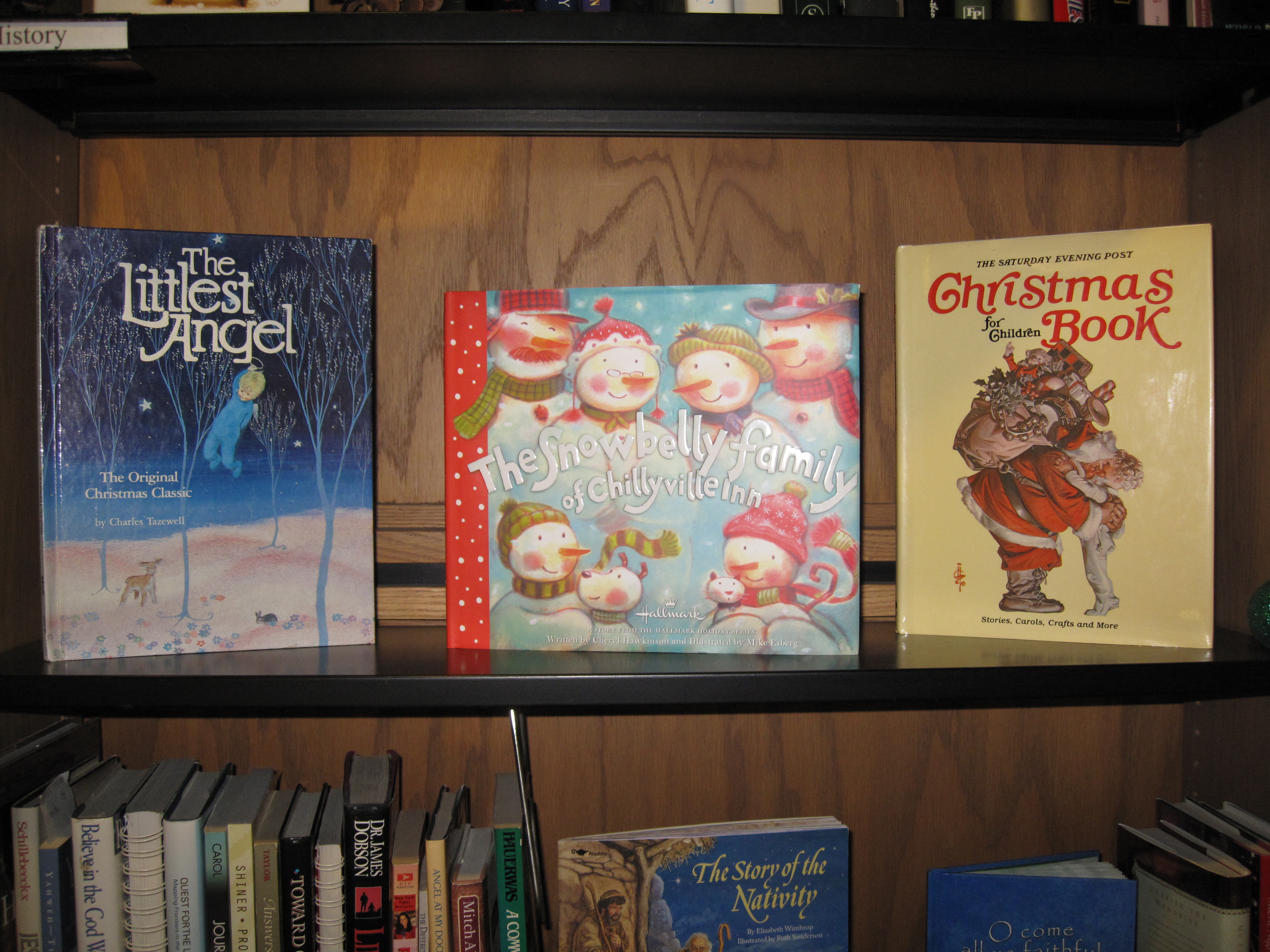 Still looking for a gift for that special someone? Come browse the Library’s Holiday Tag Sale on the first floor by the Circulation Desk.
Still looking for a gift for that special someone? Come browse the Library’s Holiday Tag Sale on the first floor by the Circulation Desk. 